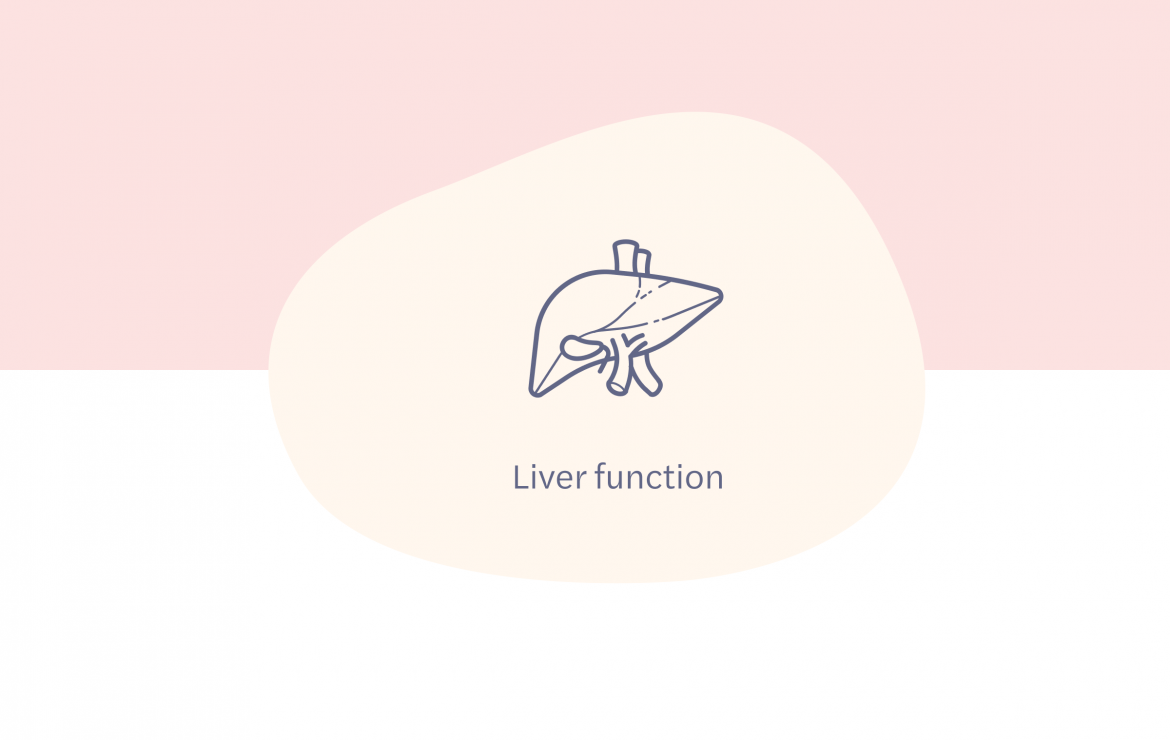Aspartate Aminotransferase (AST)

Liver function
What is Aspartate Aminotransferase (AST)?
Aspartate aminotransferase (AST) is an enzyme found predominantly in liver cells (hepatocytes), and to a lesser extent in the cells of kidneys, the heart, muscles and the pancreas. ALT is a transaminase enzyme, and is frequently tested alongside ALT (alanine transaminase), the other main transaminase enzyme found in the liver. Other liver function tests include alkaline phosphatase (ALP), gamma-glutamyl transferase (GGT) lactate dehydrogenase (LDH) and bilirubin.
The predominant reason to check AST, is to study liver function, and determine whether there has been any liver injury. A low amount of AST will be found routinely on a blood test. If injury has occurred to the liver, AST and other transaminases will be elevated in the blood.
Why is this analysis important?
This analysis is useful to:
-
Find evidence of liver disease. Inflammation of the liver (hepatitis) caused by infection, alcohol use or fatty deposits can be identified. Long-term scarring known as cirrhosis can also be shown.
-
Identify whether medication is having an effect on the liver e.g. antibiotics, statins
Results
Normal test ranges for AST can vary depending on the laboratory. The doctor will always evaluate the results based on several factors.
High levels of ALT may be caused by:
-
Liver injury
-
– Viral infections e.g. hepatitis A, B and C
-
– Excess alcohol consumptionFatty liver disease (Non-alcoholic hepatic steatosis)
-
– Paracetamol toxicity
-
– Drug toxicity e.g. statin and antibiotics
-
– Exposure to carbon tetrachloride or other toxins
-
Cirrhosis – this occurs to scarring due to long term damage to the liver, however at the end stages of cirrhosis ALT levels can in fact be normal
-
Muscle damage
Other Considerations
There are a number of reasons an individual’s ALT may be elevated. Therefore, as well as obtaining other liver function blood tests and a thorough medical history, further investigations such as an ultrasound examination of the liver may be required. If the levels are only mildly elevated, a further test may be suggested to look for any trends.
Tests that include this marker
References
Approach to the patient with abnormal liver biochemical and function tests. Lawrence S Friedman, MD. UpToDate Mar 05, 2019









